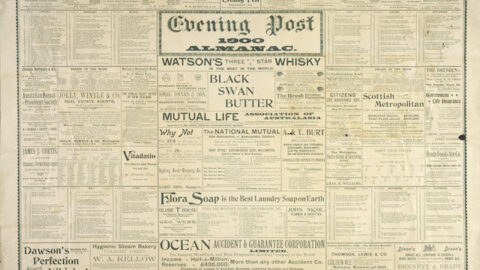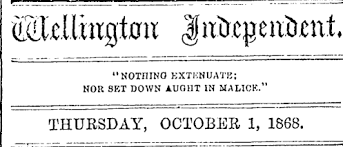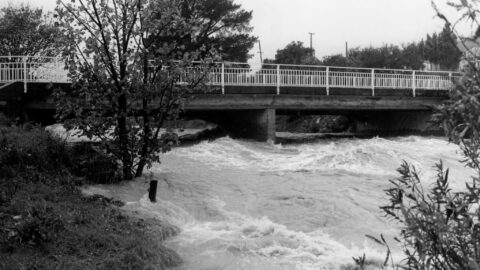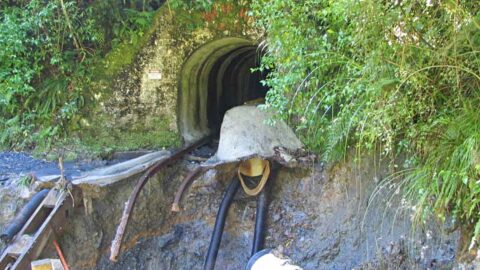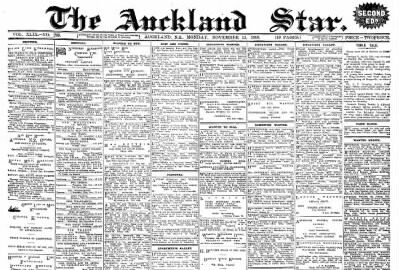Richard & Mary Prouse
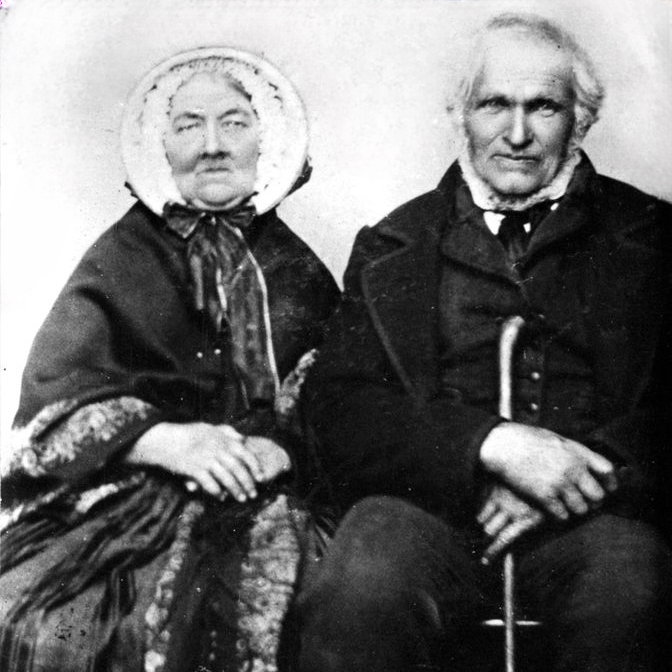
Richard Prouse II

The Prouse Family: Pioneers of Wainuiomata
Early Origins and Journey to New Zealand
The Prouse family, descendants of Richard Prouse and Mary Snowden King, were key figures in the early development of Wainuiomata. Their legacy as timber millers, community builders, and settlers left a lasting mark on the valley.
Richard Prouse (1792–1875) and Mary Snowden King (1787–1870) were from Aveton Gifford, near Plymouth in Devon, England. They emigrated to New Zealand aboard the Duke of Roxburgh, departing on 3 October 1839 and arriving in Wellington on 7 February 1840. They brought with them several children: Mary, Sarah, William, Richard II, Susan Osborne, and Thomas. Their eldest daughter, Elizabeth, remained in England for several more years, eventually rejoining the family in New Zealand with her husband and children.
Settlement and Sawmilling in Wainuiomata
Richard Prouse II (1829–1894) was just 10 years old when he arrived in New Zealand. After initially settling with his family on Old Porirua Road, where they began cutting timber in the Johnsonville area, the family moved to Wainuiomata in 1850.
There, the Prouses established a sawmill that played a key role in opening up the valley. It supplied timber for other settlers and for early public works in the wider region. Like many pioneering families, the Prouses also relied on farming and cartage to sustain themselves, combining trades to build a secure life in the new settlement.
In 1879, Richard married Christina McIlvride, a member of another early settler family in the valley. Christina was well known for her service as a bush nurse and community leader. Together, they raised a family in Wainuiomata before moving to Levin in the early 1890s to establish a new sawmilling venture.
A Promise Fulfilled: Wainuiomata’s First Church
Richard Prouse II made a personal vow that if he succeeded in New Zealand, he would build a church. In 1860, he fulfilled that promise, constructing the first church in Wainuiomata. The small wooden building became a centre for worship, community gatherings, and social events. The church still stands today and is considered a local historic landmark.
The Next Generation and the Move to Levin
Richard and Mary’s sons—James (born 1853), Richard III (born 1855), and John (born 1857), grew up helping to run the family mill. By the late 1880s, much of the easily accessible timber in Wainuiomata and Whiteman’s Valley had been felled. As opportunities in the area declined, the brothers made the strategic decision to move the family sawmill operation to Levin, a town that was beginning to grow following the arrival of the railway.
In 1891, the mill was successfully relocated to Levin. This move allowed the business to continue and helped contribute to Levin’s early expansion. The relocation was no small feat, involving dismantling and transporting heavy machinery, and rebuilding in a new environment.
Ties to Other Early Settlers
The Prouse family intermarried with other pioneer families in the region, including the Burdan family and McIlvride family, further strengthening their social and economic ties in the valley.
Pioneer Hardships and Historical Curiosities
Like many settlers, the Prouse family faced challenges. Family memoirs mention food shortages during the 1840s and 1850s, particularly during times of tension with local Māori. Though there is no record of direct conflict involving the Prouses, these fears were common among settlers living in remote areas.
One particularly curious episode involved a short-lived gold rush in Wainuiomata, near where the waterworks are today. Although it sparked brief excitement, the gold find quickly proved to be unviable. The episode faded into obscurity but remains a quirky footnote in the area’s history.

